“The piano just started speaking to me”: How Kate Bush stunned David Gilmour with a masterpiece of songwriting she made at just 13 years old
The early song was unmistakable evidence of Bush’s boundless talents
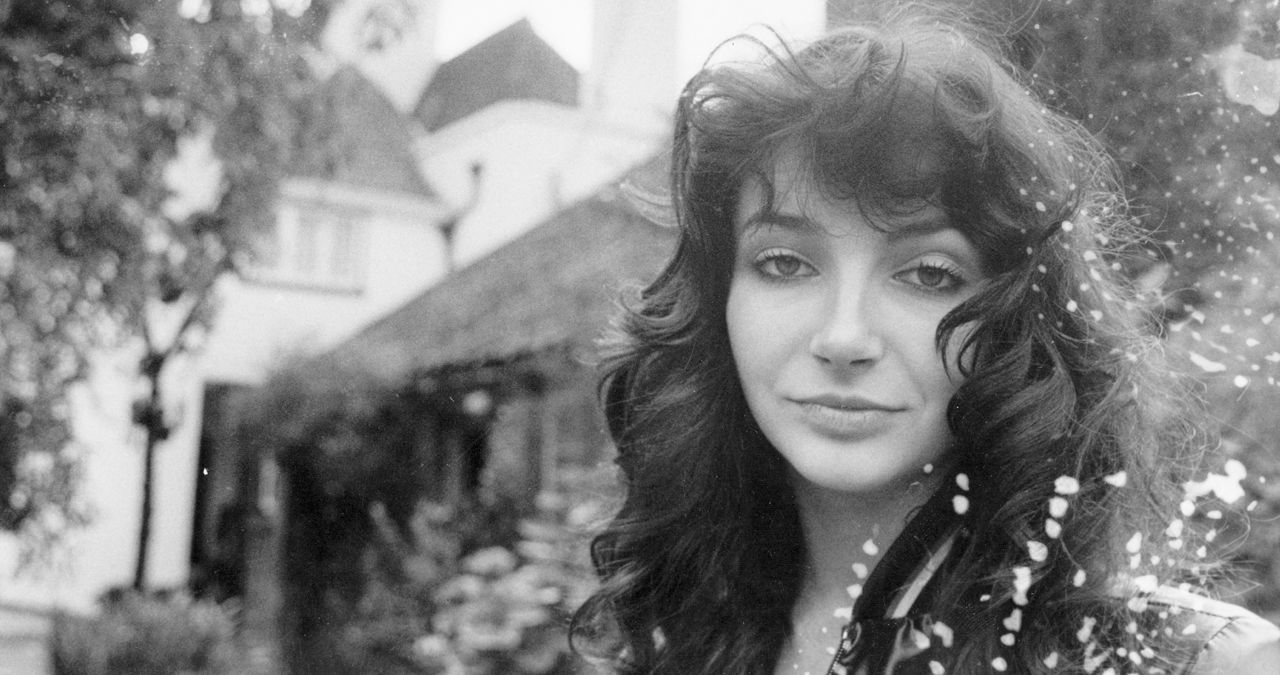
A delicate yet stately portent of the towering heights Kate Bush would ascend to later in her journey, The Man with the Child in His Eyes was, Wuthering Heights aside, clearly the gem of Bush’s debut album, The Kick Inside.
Feeling simultaneously naive yet also wise beyond Bush’s incredibly young years, the brief song meditated on an unspoken emotional connection between a young girl and an older man.
An unconventional angle for a love song perhaps, but Bush's nuanced exploration of the spark between the pair was refreshingly honest for a top 10-charting love song.
Now hailed as one of Bush’s best-ever compositions, what’s often forgotten by general listeners is the seemingly impossible fact that the song was among the first things Bush ever wrote. Penned when she was just 13 years old.
For those whose only knowledge of Bush came from the uber-theatrical, wide-eyed lunacy of her Top of the Pops’ Wuthering Heights performances, this follow-up - actually the third single from her debut album - dislodged any notions that Bush was just a flash-in-the-pan, novelty act. Instead, she revealed herself as an intelligent, emotive songwriter that could go the distance.
Born Catherine Bush, the future musical titan grew up at a 350-year old former farmhouse in Welling, South East London. Her childhood unfurled within a bubble of constant creative energy.
Her father, an amateur, Chopin-obsessed pianist, was keen to show the young Catherine how its notes could be a conduit for her inner-most feelings. Her mother was prone to spontaneously exhibiting her penchant for traditional Irish dance while Catherine’s older brothers Paddy and John were both heavily involved in the local folk music scene. The multi-instrumentalist pair would later both play crucial roles in Kate’s exploits.
Being raised in such an environment, it’s not at all surprising that Catherine became fixated with the piano. Also a voracious reader, Bush spent hours pouring over the pages of poetry books and classical literature. These twin passions naturally merged. By age 11, Bush was penning her first songs, and fitting words to chords and melodies soon became a chief pastime.
Want all the hottest music and gear news, reviews, deals, features and more, direct to your inbox? Sign up here.
“Just as some people sit with a piece of paper and doodle, I guess I was doing that at the piano,” Bush said in an interview with Weekend Australian. “I used to write one song a day, sometimes two. But of course it's so much easier at that age. You have a lot less to do.”
One afternoon, and without much forethought, a new piece sprang from Kate's fingers. Though she didn't realise at the time, the song that this idea would turn into would catch the ear of one of music's then biggest players.
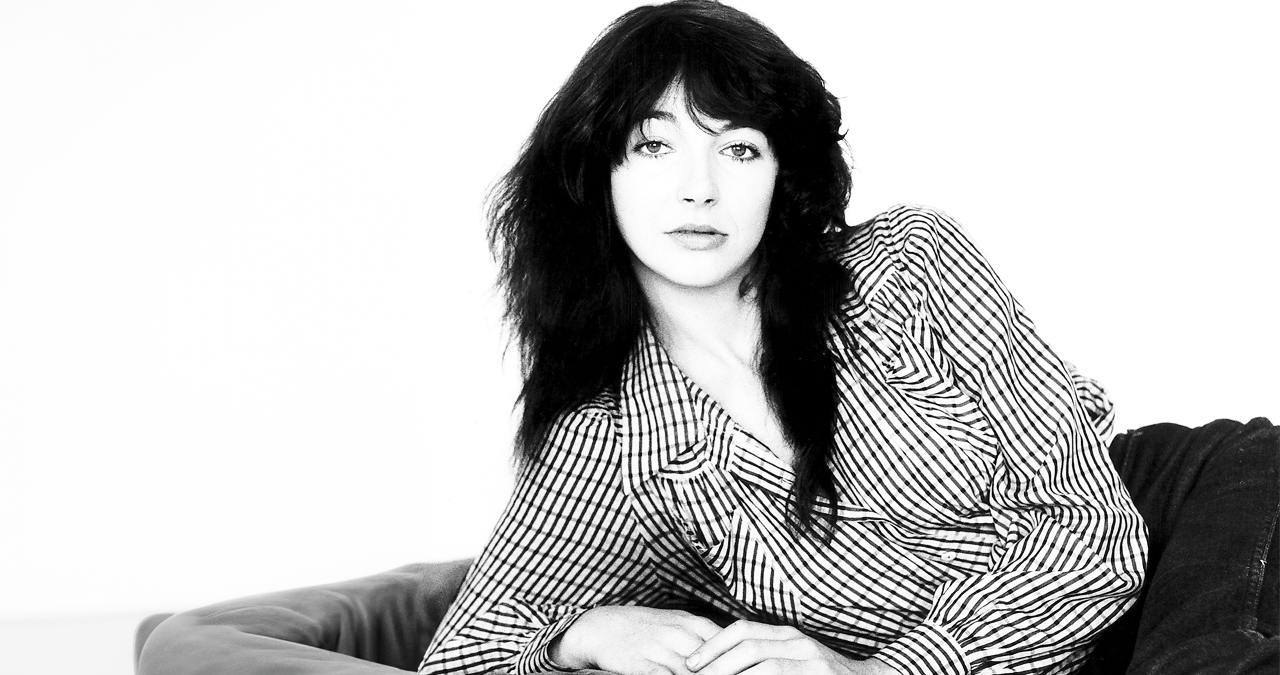
Musically, as Bush recalled, the idea seemed to be resonating from the piano itself on that day she sat down to write it. “The inspiration for The Man with the Child in His Eyes was really just a particular thing that happened when I went to the piano. The piano just started speaking to me,” Bush recalled in her 1978 radio special Self Portrait.
Perhaps as a result of her awareness of subtext via the themes of literature, Bush applied a deeper psychological slant into the song's lyric, which explored a relationship blighted by a large age-gap.
Bush (or the lyrical protagonist, at least) can see the inner child behind the eyes of her elder lover.
Bush admitted in the Self Portrait interview, that the initial will to write the song stemmed from exploring the root of her own attraction to older men.
“It was a theory that I had had for a while that I just observed in most of the men that I know: the fact that they just are little boys inside and how wonderful it is that they manage to retain this magic.”
Bush continued, "I, myself, am attracted to older men, I guess, but I think that's the same with every female. I think it's a very natural, basic instinct that you look continually for your father for the rest of your life, as do men continually look for their mother in the women that they meet. I don't think we're all aware of it, but I think it is basically true. You look for that security that the opposite sex in your parenthood gave you as a child.”
It’s a level of insight that’s remarkable for such a young artist, and the fact that she could channel this deeper understanding into such a captivating song was an incredible feat. It proved to Catherine’s family that her gifts were something beyond the norm.
Catherine’s work demonstrated a distinctive, albeit quirky, voice, yet there was something more broadly resonant about this early tranche of songs. Perhaps there was somebody out there who could market her music.
Using an Akai tape recorder, Catherine and her brothers taped over fifty of her original compositions. Next, Paddy and John hit-up an array of music industry-adjacent contacts, met via their own folk scene adventures, with the aim of eventually shopping Catherine’s demo to the big labels.
A few A&Rs did hear the demo, but some were daunted by either her youth, or the jarring oddness of Kate’s high-register vocal and distinctly intellectual musical universe. Sadly, everybody passed.
Catherine’s story might well have ended there, were it not for the interjection of John Bush’s good friend Ricky Hopper.
Hopper, a close Cambridge University chum of Pink Floyd’s David Gilmour, had been trying to help John get his sister’s music heard to no avail.
Upon hearing that Gilmour (then riding high after the release of Floyd’s 1972 opus The Dark Side of the Moon) was on the look-out for new artists to nurture, Hopper decided to pay Gilmour a personal visit.
“A friend of mine [Ricky], (that was) a friend of her brother arrived on my doorstep one day with rather squeaky demos of her,” Gilmour told the BBC’s Tracks of my Tears in 2006.
Enamoured by what he heard, and excited at the prospect of what she might be able to achieve with the right backing, Gilmour knew Kate was worth his time.
But David also knew that the business-minded execs would likely not share his enthusiasm for a teenager who clearly needed a fair amount of development work.
“The songs were too idiosyncratic,” David told The New Statesman in 2005. “It was just Kate Bush, this little schoolgirl who was maybe 15, singing away over a piano. You needed decent ears to hear the potential, and I didn’t think there were many people with those working in record companies. Yet I was convinced from the beginning that this girl had remarkable talent.”
Recognising a kindred creative soul, Gilmour decided to take Bush under his wing and cultivate her burgeoning abilities with a view of getting her signed by Pink Floyd’s own label, EMI, with whom he held some sway.
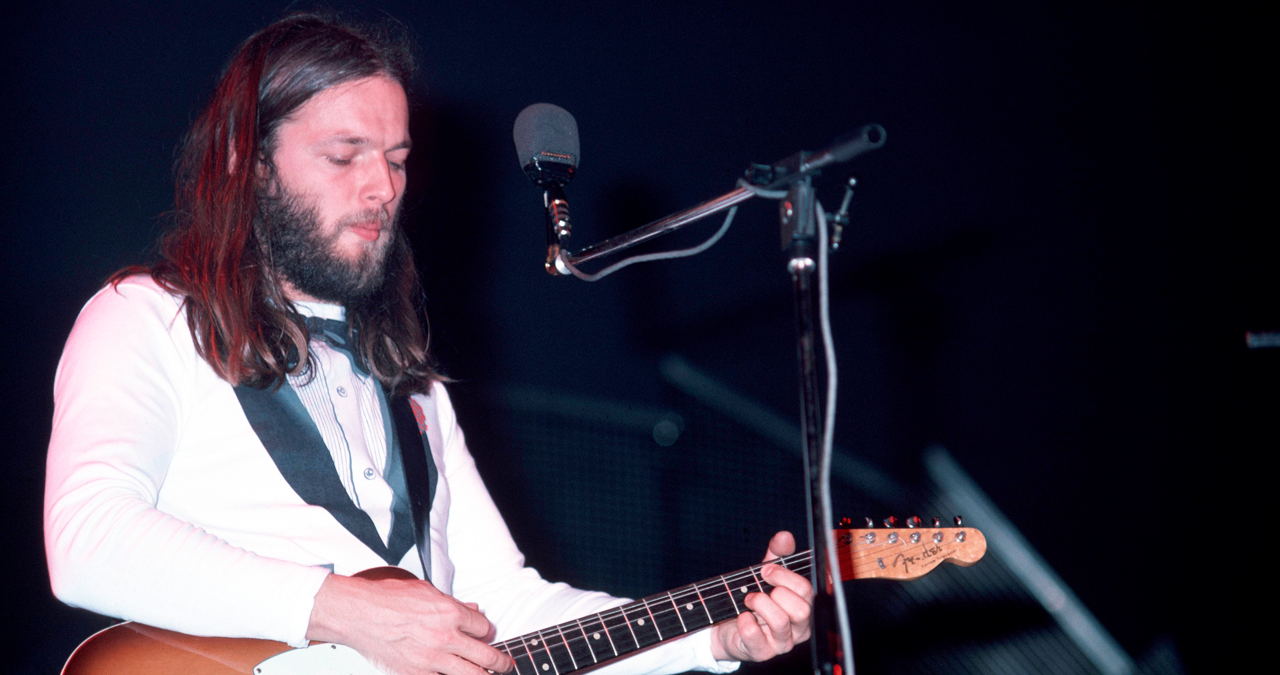
“Dave was doing his guardian angel bit… he was great, such a human, kind person, and genuine,” Kate said to Q in 1999. “[He] put up the money for everything. It must have cost a fortune, but he didn’t want anything out of it.”
For Gilmour, there was one particular song of Catherine’s amongst her brimming array of ideas that had struck him profoundly.
“She was only 15 at the time and The Man with the Child in his Eyes was the song that stood out from all of them as being the best one,” Gilmour told the BBC.
After tracking a few initial sessions at his own Essex home studio, Gilmour decided to go the whole hog and foot the bill for a more lavish demo session with his friend, producer-arranger Andrew Powell. Powell, a sometime member of The Alan Parsons Project, was similarly taken by Bush - and her standout song.
“David had said to me, ‘I’ve got this girl, and at least one of her songs needs an orchestral arrangement. I can’t do that, but you can!’”, Powell recalled in an interview with Louder. “I went to Floyd’s offices in Bond Street and David, Kate and I talked for a bit and then played me some of the music. I was hooked straight away. When I heard The Man with the Child in His Eyes I said, ‘I’m in!’”
And so, one June morning in 1975, Catherine arrived at AIR Studios for her first professional studio day.
On the slate were the early song Maybe, future Kick Inside highlight The Saxophone Song (then known as ‘Berlin’) and, of course, the divine The Man with the Child in His Eyes, for which Powell had eagerly rustled up the radiant orchestral backing that Gilmour requested.
Among the studio personnel that day was the legendary Geoff Emerick, the man who’d worked with the Beatles during one of the most prolific creative outpourings in music history.
“Geoff Emerick was the first engineer I ever worked with,” Bush recalled on her website following Geoff’s death in 2018. “He recorded The Man with the Child in His Eyes along with a couple of other tracks at AIR Studios in Oxford St. He was incredibly sweet and supportive - I’d never been in a recording studio before, let alone played live with an orchestra. He joked around with me and put me at ease. He had a brilliant sense of humour and was really quite mischievous.”
The 16 year-old Bush was recorded playing both piano and singing live. Although dauntingly backed by a 30-piece orchestra, who performed Powell’s charming string arrangement in the same room, Bush delivered a dynamic, arresting vocal.
Finding a stately, somber classicism within Bush’s chords, the orchestral arrangement underscored the subtle brilliance of the composition.
It was all captured in one, utterly sublime, take.
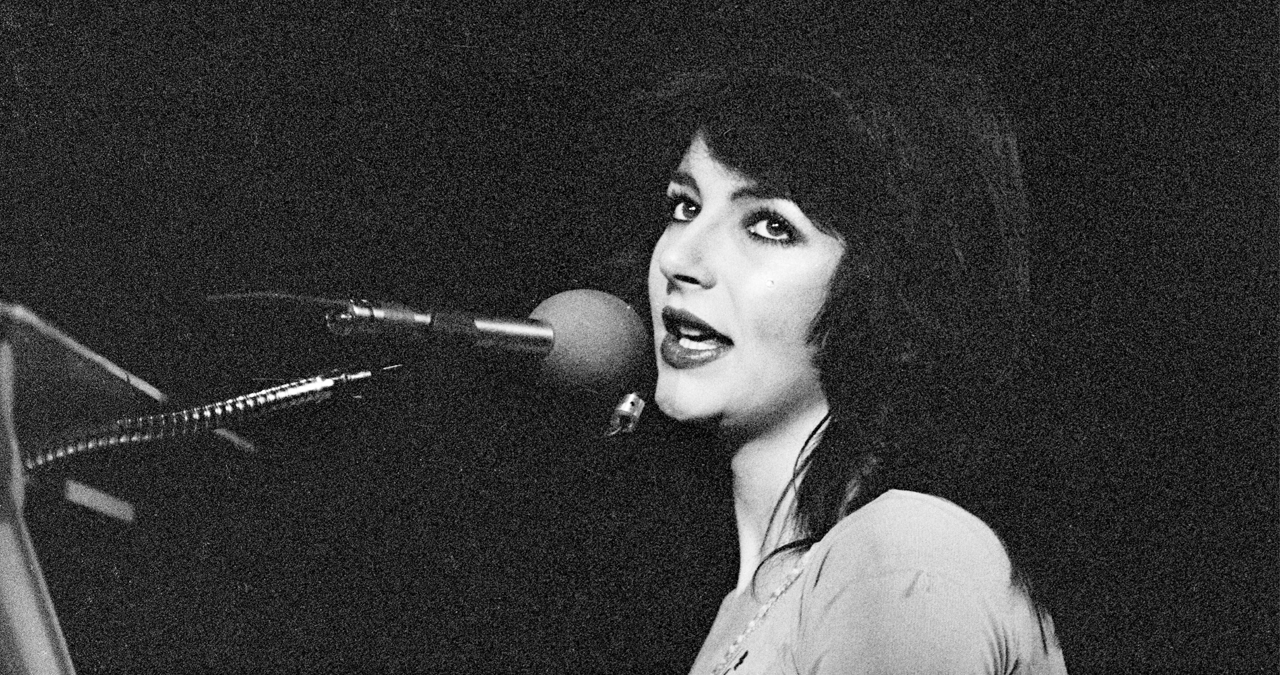
It was a jewel of a record, and, when the time eventually came to track it for Bush’s first album, it was decided to simply retain this original live recording. After all, why dabble with perfection?
Gilmour’s instinct to get Catherine's songs professionally recorded proved to be astute, and EMI’s General Manager, Bob Mercer was bowled over by what he heard.
“It’s absolutely beautiful, isn’t it?” Gilmour said to the BBC. “That’s her singing at the age of 16, and having written those extraordinary lyrics.”
Though absorbed by Bush’s music, Mercer had some concerns about putting this vulnerable, still very young artist (who had only just finished her O Levels) on the music industry treadmill.
Sudden fame could be destabilising, Mercer surmised, but Bush’s talent was obvious. He was hesitant.
Eventually, Mercer landed on a solution. EMI would proceed with Bush only on the condition that development of her career be paused for two years until Kate garnered more experience on the live music circuit and developed as a musician more professionally.
Now (pre-)signed to EMI, and hungrily anticipating her fruitful career, Catherine Bush finally shed her former forename and became Kate Bush.
She flung herself deeper into her musical education, with rigorous piano lessons (paid for by Mercer). Kate also dived headlong into constructing a dynamic live performance persona within the new 'K T Bush Band'. This four-piece also sported boyfriend Del Palmer, drummer Vic King and guitarist Brian Bath.
Also entranced by the performance art of Lindsay Kemp, Bush was channelling a wealth of influences into her nascent artistic identity.
The seeds were being sown for Kate’s dizzying first flurry of success.
Despite The Man with the Child in His Eyes’s significance to young Kate, it was another song - the immense, baroque masterpiece Wuthering Heights - that fully launched Bush into the public consciousness.
Spending four weeks at number one in the UK charts following Wuthering Heights' release in January 1978, Kate Bush had exploded into the ears and hearts of Britain. It was conclusive proof to Gilmour and Mercer that their gamble had been an adroit one.
Bush shattered convention by becoming the first female artist to achieve a number one single with an entirely self-written song.
But, once Bush’s growing cabal of new fans picked up her first LP, The Kick Inside, it was The Man with the Child in His Eyes that the majority soon appraised as the most gorgeous thing on the record, and a signifier of the great things that Bush was yet to pen…
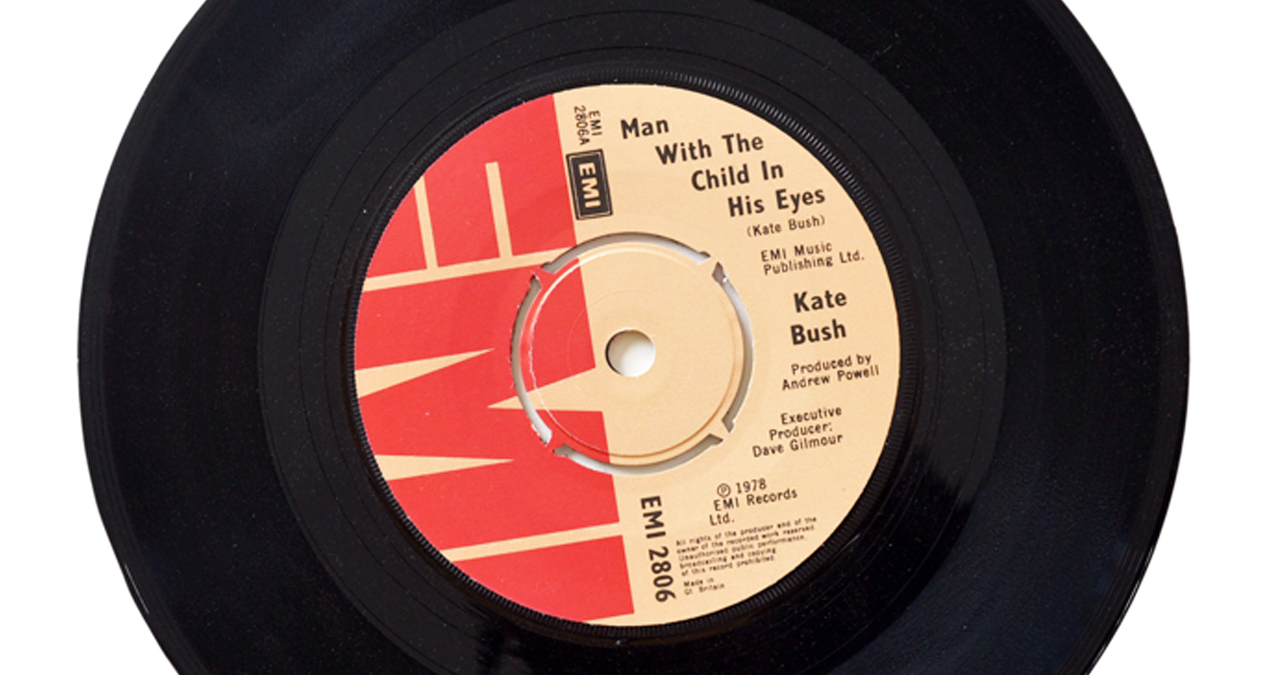
Reaching number 6 in the UK charts when finally released as a single on May 26th 1978, The Man with the Child in His Eyes revealed a deeper, more intimate aspect of this new songwriting supremo.
Here was a pop writer who - without industry interference - could write honest love songs from a female perspective, that a female audience could fully appreciate, yet her attitude to men remained positive.
“A lot of women go out and get far too responsible,” Bush said on Swap Shop in 1979, “And it's really nice to keep that delight in wonderful things that children have. And that's what I was trying to say. That this man could communicate with a younger girl, because he's on the same level.”

I'm Andy, the Music-Making Ed here at MusicRadar. My work explores both the inner-workings of how music is made, and frequently digs into the history and development of popular music.
Previously the editor of Computer Music, my career has included editing MusicTech magazine and website and writing about music-making and listening for titles such as NME, Classic Pop, Audio Media International, Guitar.com and Uncut.
When I'm not writing about music, I'm making it. I release tracks under the name ALP.
You must confirm your public display name before commenting
Please logout and then login again, you will then be prompted to enter your display name.